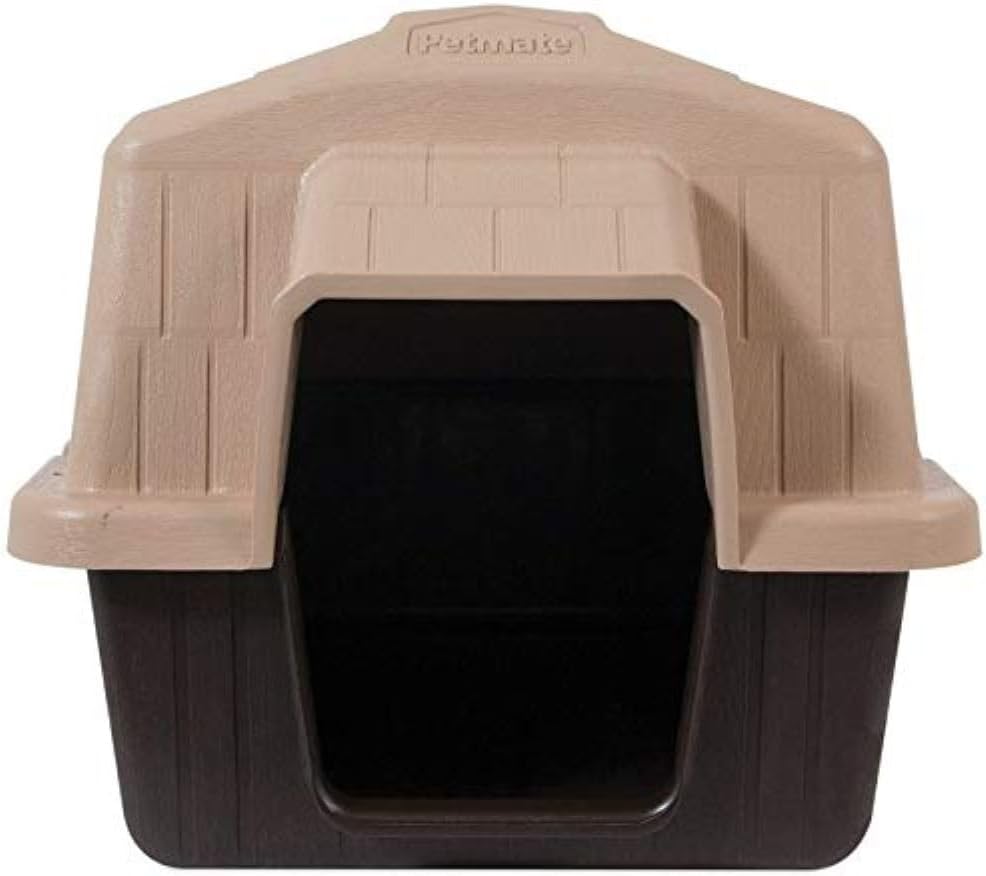How to Vent a Dog House: A Comprehensive Guide

When it comes to providing a comfortable and safe living space for your furry friend, ventilation is key. Proper ventilation in a dog house plays a crucial role in keeping your dog cool during hot weather and preventing moisture buildup in colder months. In this article, we will explore how to vent a dog house effectively, ensuring your pet remains comfortable year-round.
Why Ventilation is Important
Before we delve into the methods of ventilating a dog house, let’s understand why it’s essential:
- Temperature Control: Proper ventilation helps regulate the internal temperature, keeping it cooler in summer and warmer in winter.
- Moisture Prevention: Good airflow reduces humidity, preventing mold and mildew, which can affect your dog's health.
- Odor Reduction: Ventilation helps dissipate odors, keeping the dog house smelling fresh.
- Comfort: A well-ventilated dog house ensures your pet feels comfortable and safe.
Steps to Vent a Dog House
Now that we understand the importance of ventilation, let’s look at the steps on how to vent a dog house effectively:
1. Choose the Right Location
Start by selecting a suitable location for the dog house. The area should ideally be shaded from direct sunlight and away from strong winds. This setting will help maintain a stable temperature inside the dog house.
2. Design the Dog House for Ventilation
When building or buying a dog house, consider the following design elements:
- Roof Vents: Install vents at the peak of the roof to allow hot air to escape. This is crucial during warmer months.
- Side Vents: Add vents on the sides of the dog house. Make sure they are positioned higher up to promote airflow.
- Window Screens: If the dog house has windows, use mesh screens to keep insects out while allowing fresh air in.
- Adjustable Vents: Consider installing vents that can be opened or closed depending on the weather conditions.
3. Use Proper Materials
Choose materials that promote ventilation. For example, using wood that allows air to pass through can enhance airflow. Ensure the roof is sloped to prevent rainwater from entering and causing moisture buildup.
4. Create Airflow Pathways
To ensure consistent airflow, create pathways that allow air to circulate freely. Here are some suggestions:
- Elevate the Dog House: Raising the dog house off the ground can help improve airflow underneath.
- Leave Space Between Walls: If building a wooden dog house, leave small gaps between the walls and roof to promote natural airflow.
- Use Ventilation Fans: In extreme conditions, consider installing a small, battery-operated fan to help circulate air.
5. Monitor and Adjust
After implementing ventilation measures, monitor the dog house’s internal conditions. Check for:
- Humidity Levels: Use a hygrometer to measure humidity inside the dog house. Aim for a level between 30% and 50%.
- Temperature Fluctuations: Keep an eye on how temperature changes throughout the day and adjust ventilation accordingly.
- Dog Behavior: Observe your dog’s behavior. If they seem uncomfortable or are panting excessively, it may indicate inadequate ventilation.
Additional Tips for Ventilating a Dog House
Here are some extra tips to ensure your dog house remains well-ventilated:
- Consider Seasonal Changes: Adjust ventilation as seasons change. Closer vents in winter can help retain warmth, while wider openings in summer can promote cooling.
- Provide Shade: Incorporate shaded areas around the dog house to help keep it cool.
- Regular Cleaning: Keep the dog house clean to prevent odors and moisture buildup. Regularly wash and dry bedding to maintain a fresh environment.
Common Mistakes to Avoid
When ventilating a dog house, be mindful of these common pitfalls:
- Over-Ventilation: While ventilation is essential, too much can lead to drafts that may make your dog uncomfortable.
- Ignoring Weather Conditions: Always consider the local climate when designing ventilation. What works in one area may not be suitable for another.
- Neglecting Insulation: Ensure the dog house is insulated properly. This will help in maintaining a consistent temperature during extreme weather conditions.
Conclusion
Understanding how to vent a dog house is crucial for your pet's well-being. By following the steps outlined above, you can create a comfortable and safe environment for your furry friend. Remember, good ventilation not only promotes health but also enhances your dog's overall quality of life. Regularly monitor the conditions inside the dog house and make adjustments as necessary to ensure your dog is always happy and comfortable.
With proper ventilation, your dog house can be a cozy retreat for your beloved pet, no matter the weather outside!




